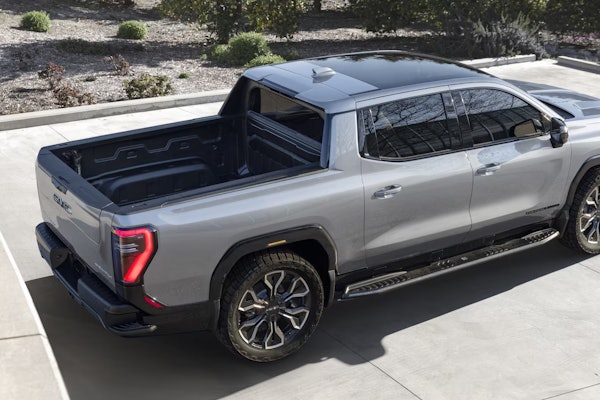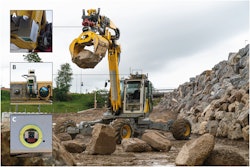It’s the holy grail of the construction equipment industry: high performance, reduced fuel consumption and lower emissions – all at a reasonable price.
Alternative energy technology developer UQM Technologies aims to make this grail a reality. The 25-year-old company has already developed concept hybrid vehicles with John Deere, and with Vehicle Projects LLC, which operates a consortium that includes heavy equipment manufacturer Caterpillar.
“There’s a lot more to it than just saving fuel,” said William Rankin, president and chief executive of UQM Technologies, based in Fredrick, Colo. “It isn’t going backward in performance.”
Rankin said there used to be a stigma associated with electric motors that led people to believe a product’s performance would drop by using the technology. He said its cost was also too great for industrial application beyond one-off concept vehicles.
“The benefits [of electric propulsion] are more affordable for the investment required to get it into the vehicle,” Rankin said.
Reduced prices for digital signal processor technology, as well as increased production of rare-earth magnets were two primary instigators for the lowered cost of electric motors.
The current trend of hybrid engine technology automobile manufacturers Honda, Toyota and Ford are using could be applied to off-road construction equipment, Rankin said.
Caterpillar selected UQM Technologies to provide permanent magnet motors for a fuel cell-powered R1300 mine loader under development by a consortium of companies led by Vehicle Projects LLC of Denver, Colo. The propulsion motors used for this project will power the loader’s cooling fan and drive the hydraulic pump.
Arnold Miller, president of Vehicle Projects, said the technology developed for this concept vehicle will virtually eliminate the current issues with mine loaders: emissions and noise.
Prior to the creation of the fuel cell loader, the only power options were from a diesel engine or a limited-mobility tethered model.
Fast approaching Environmental Protection Agency emission reduction laws stretched into several tiers are also prompting the switch from diesel engines. The fourth tier of that regulation mandates emission reductions of particulate matter and oxides of nitrogen on the order of 90 percent for non-road diesel engines, according to the agency.
The zero-emissions mine loader goes beyond the requirements of the Tier 4 regulations and potentially increases productivity, according to Vehicle Projects.
Miller said the loader should be ready for testing at a Nevada mine this summer. He said should the technology become commercialized, UQM Technologies’ motors would be a contributor to the creation of that market.
UQM Technologies has also worked with John Deere to develop off-road hybrid electric applications, though on much smaller vehicles than Caterpillar’s mine loader. So far, the technology has been limited to a 7400 series tractor, 300 series tractor and a Gator utility vehicle.
“We believe electrification will enable our products to achieve significantly reduced emissions and noise levels with improved efficiency and sustained high performance,” said Bernie Poore, manager of Deere’s product technology department.
All Deere hybrid vehicles incorporate electric propulsion motors and motor controllers, a generator and energy management system. The vehicles also operate like their stock counterparts.
UQM Technologies was able to achieve a 10-to-1 power-to-speed ratio using an electric transmission, something Rankin said is “quite an accomplishment when you consider the torque-speed profile of an off-highway piece of equipment.”
The Deere tractors are also highly maneuverable because of individual electric motors driving the rear wheels. “They can turn on their own shadow,” Rankin said.
Rankin said the application of electrical technology will only expand its reach in the future. He said the dramatic improvements in the past few years show a clear increase in the number of companies desiring this type of technology.
“They [companies applying electric technology] all have to deal with investments to the infrastructure to ensure success,” he said.
Patrick Beeson can be contacted at [email protected].









